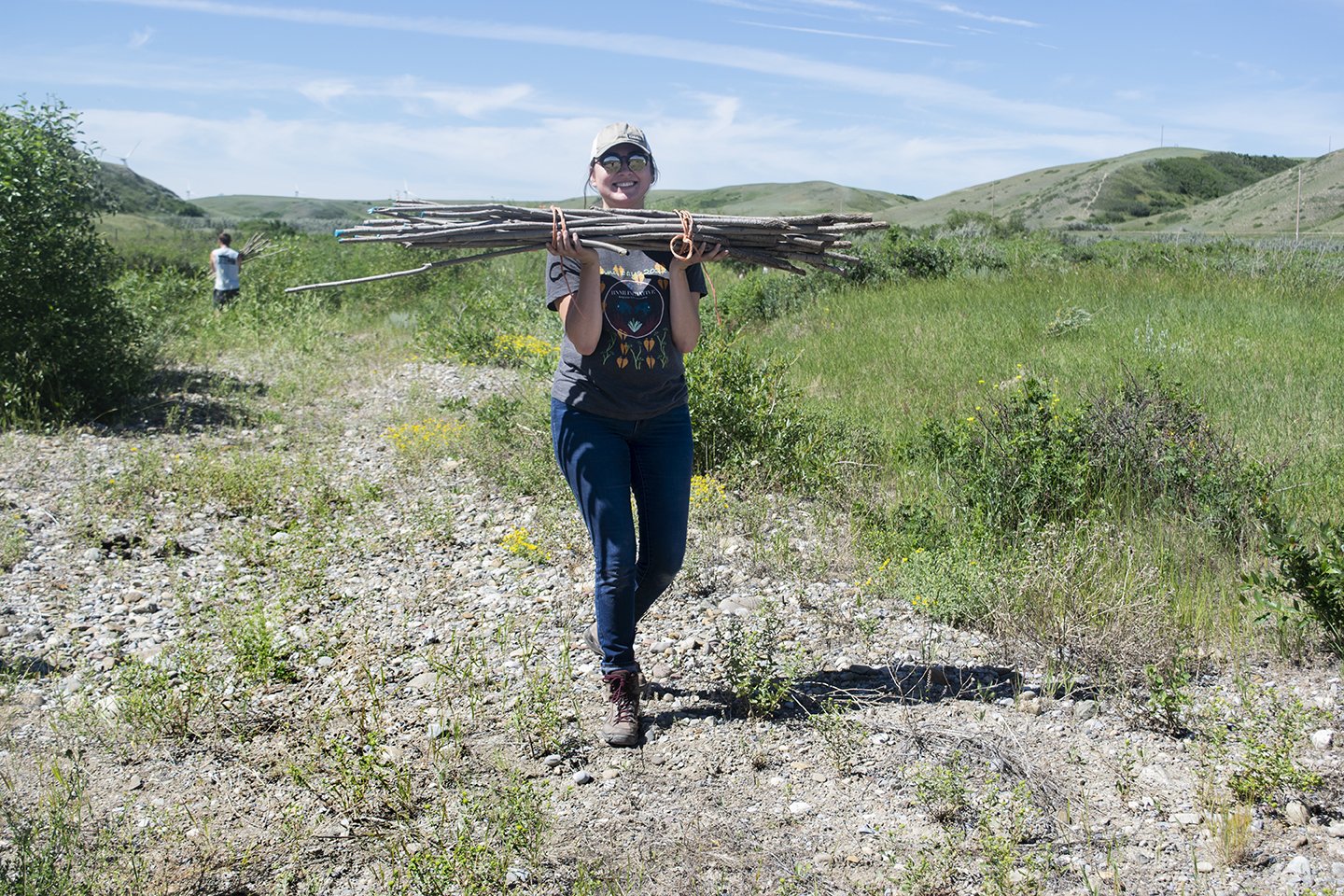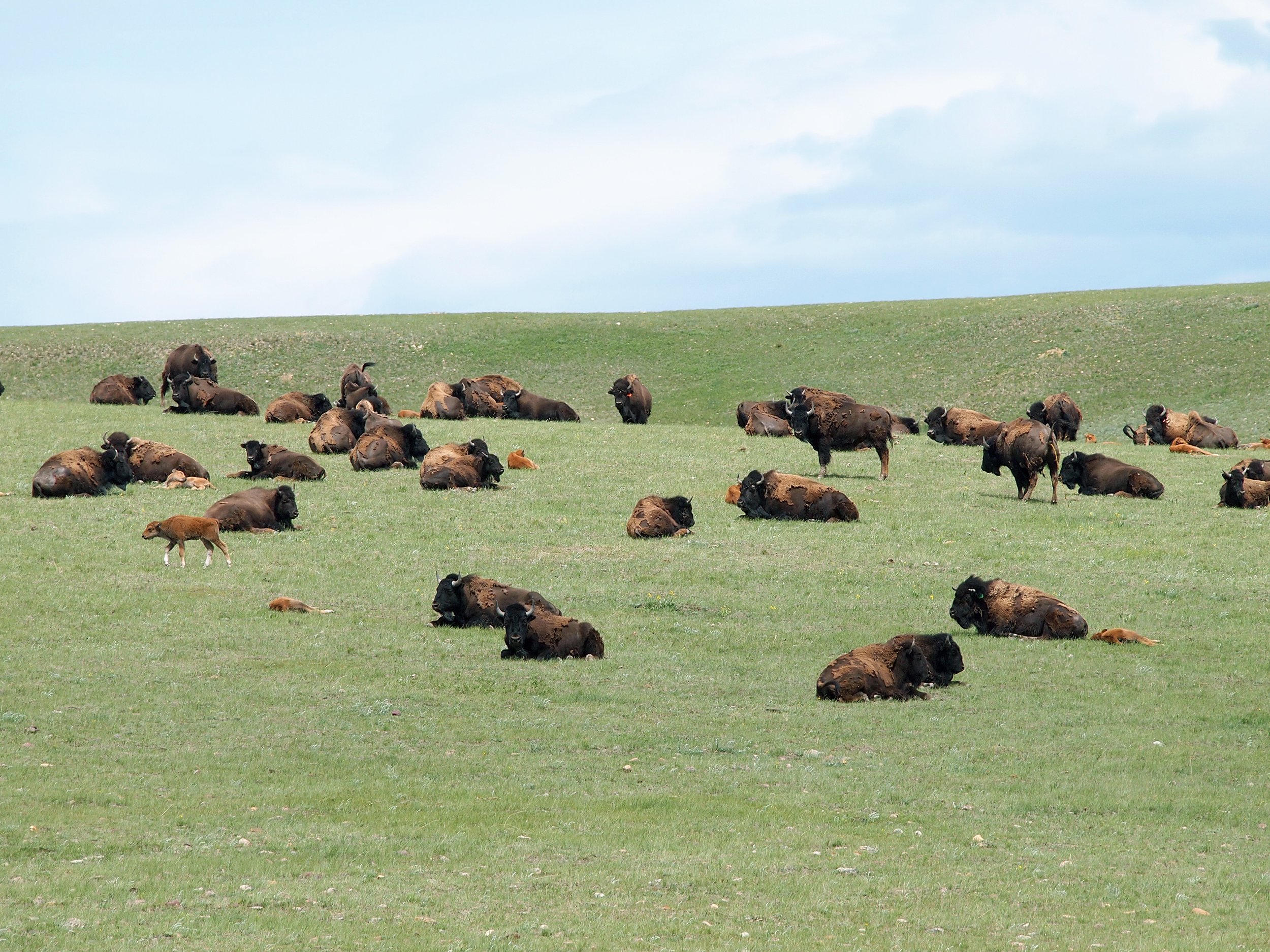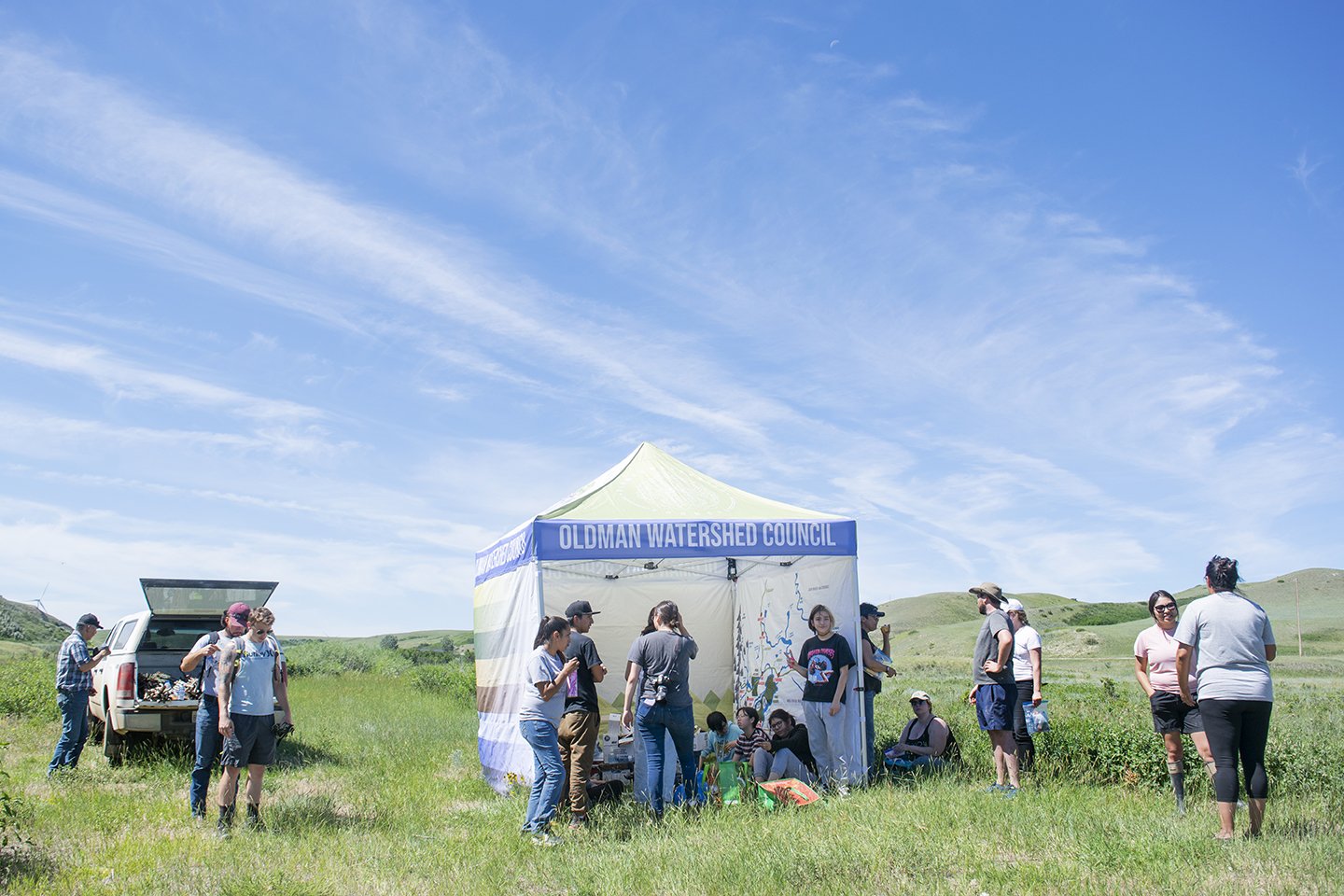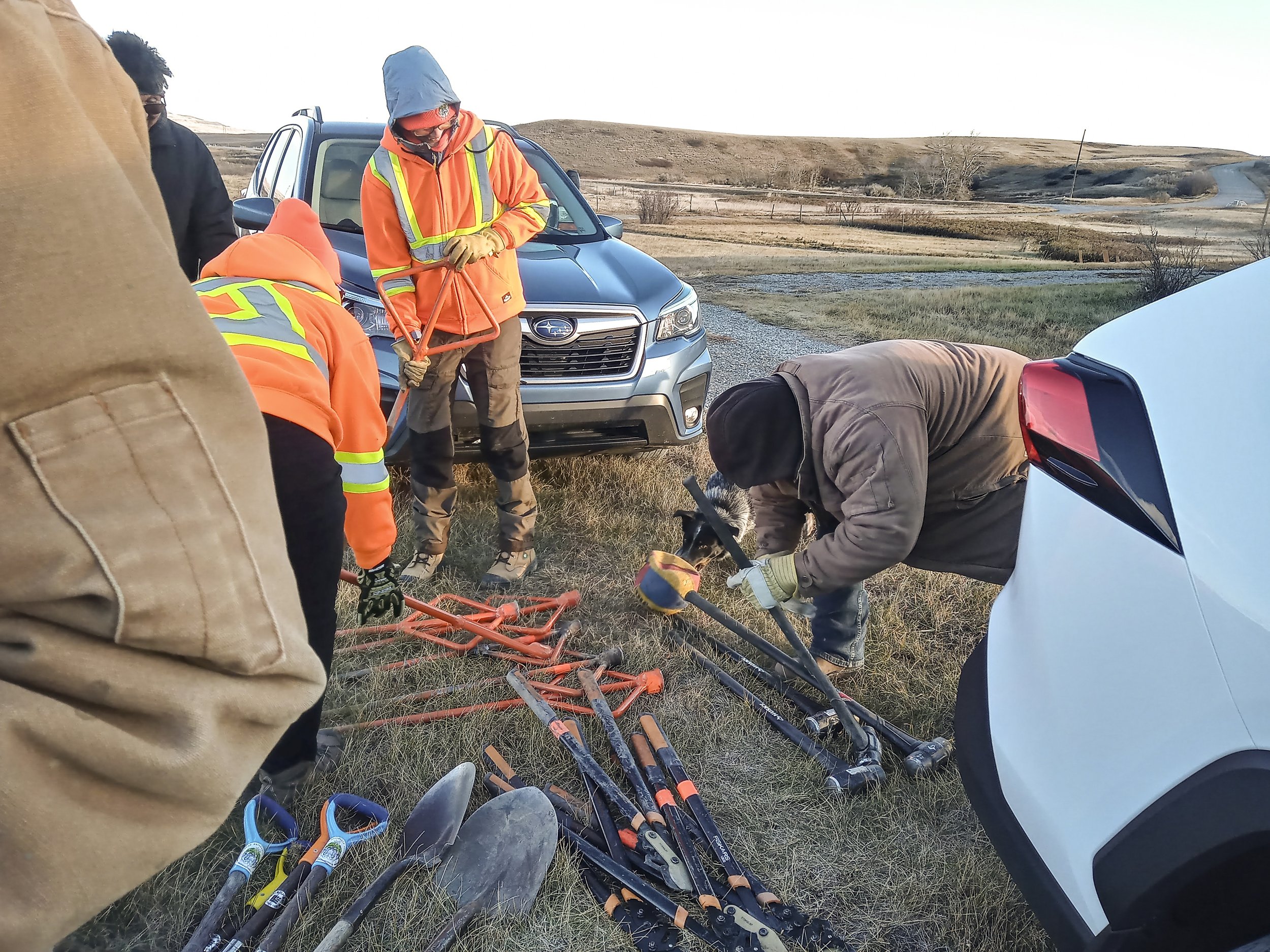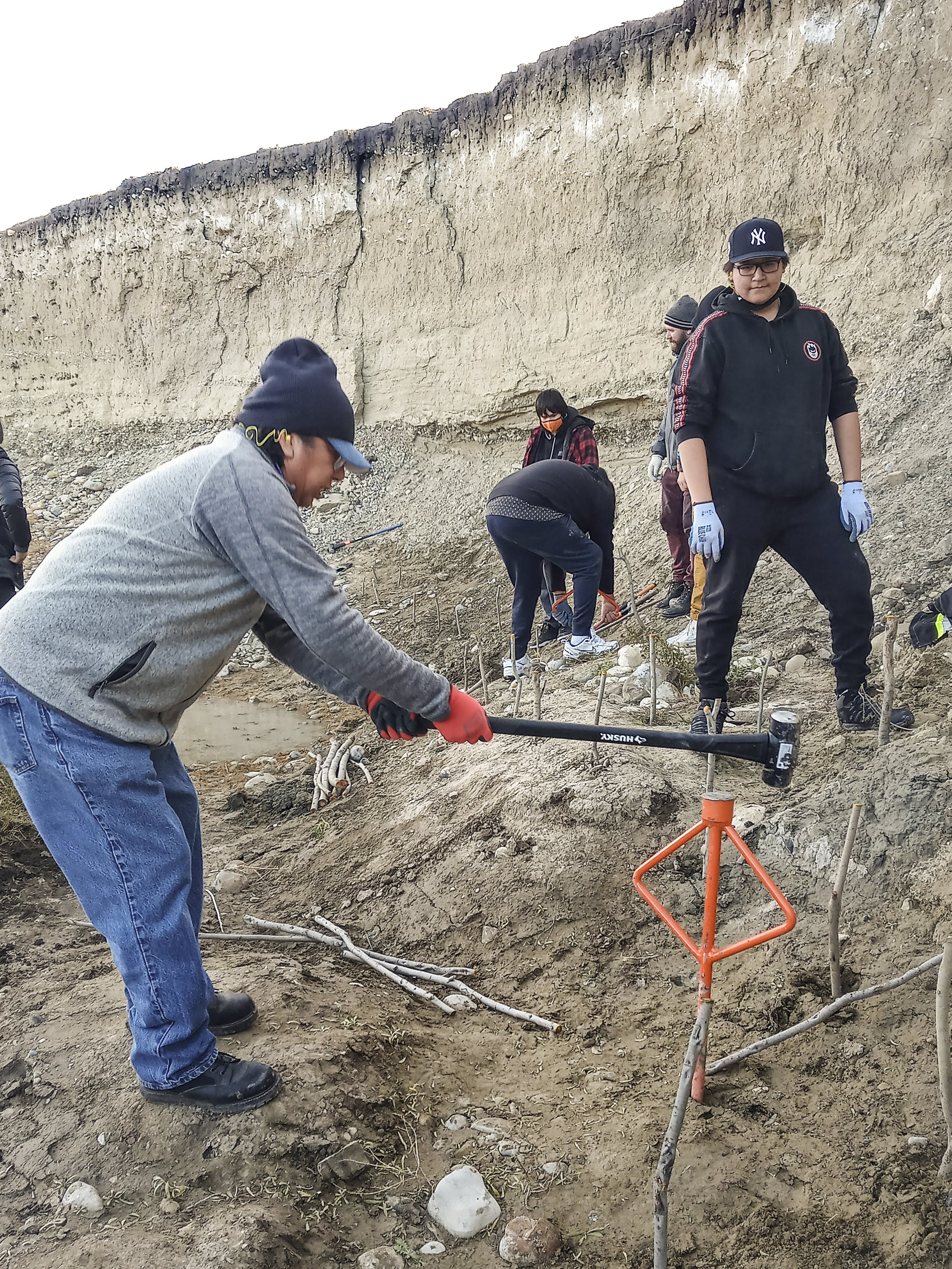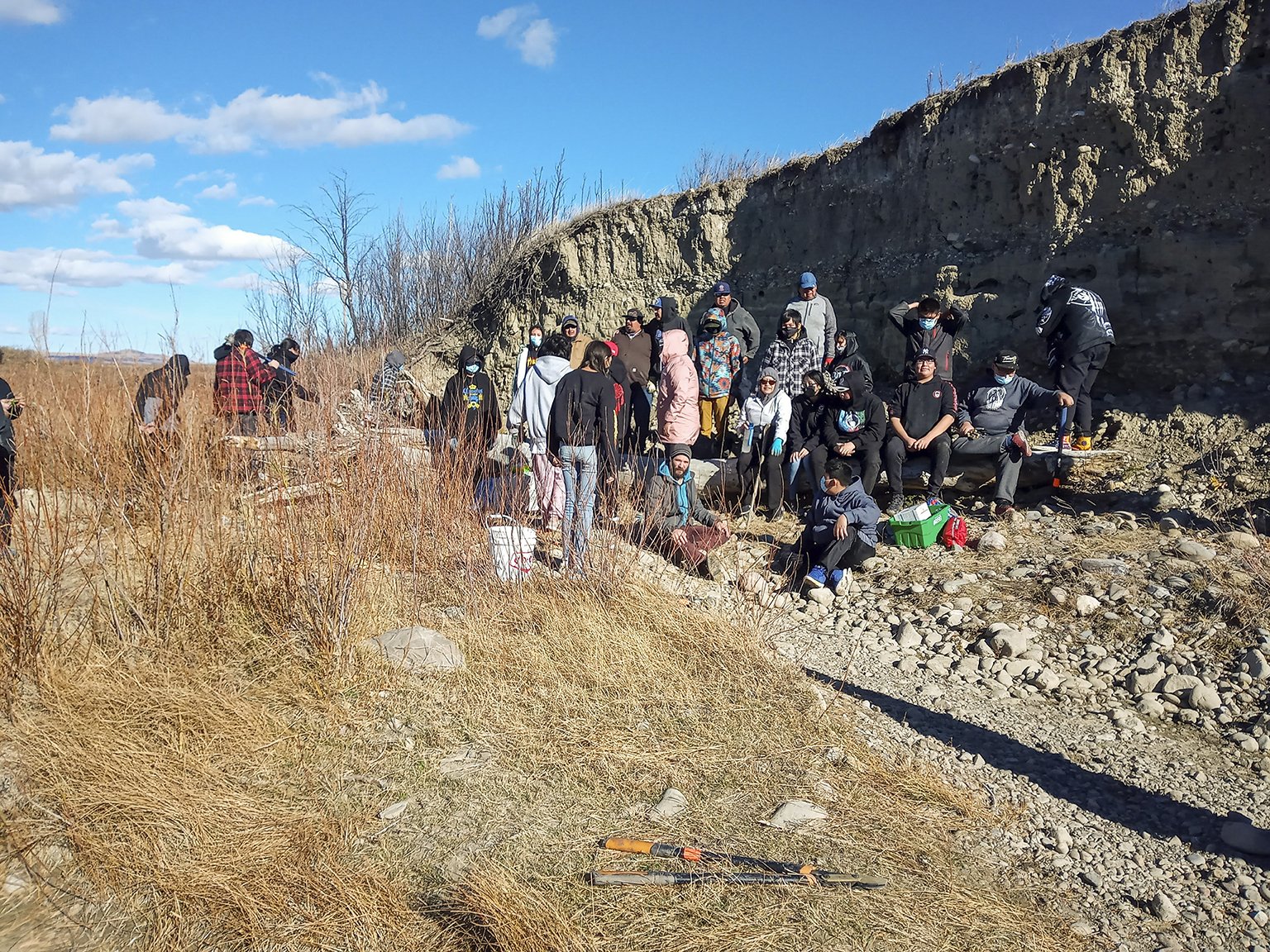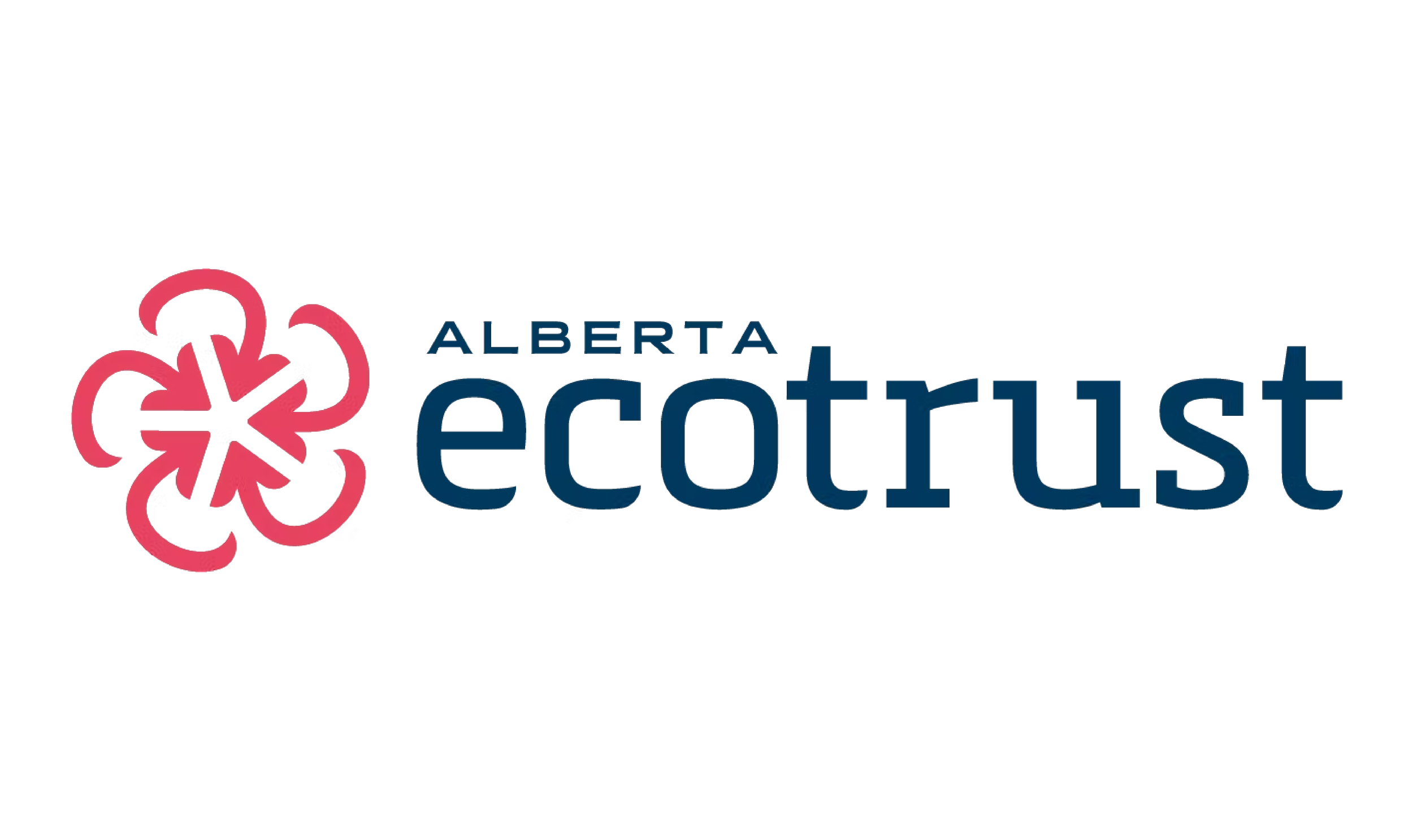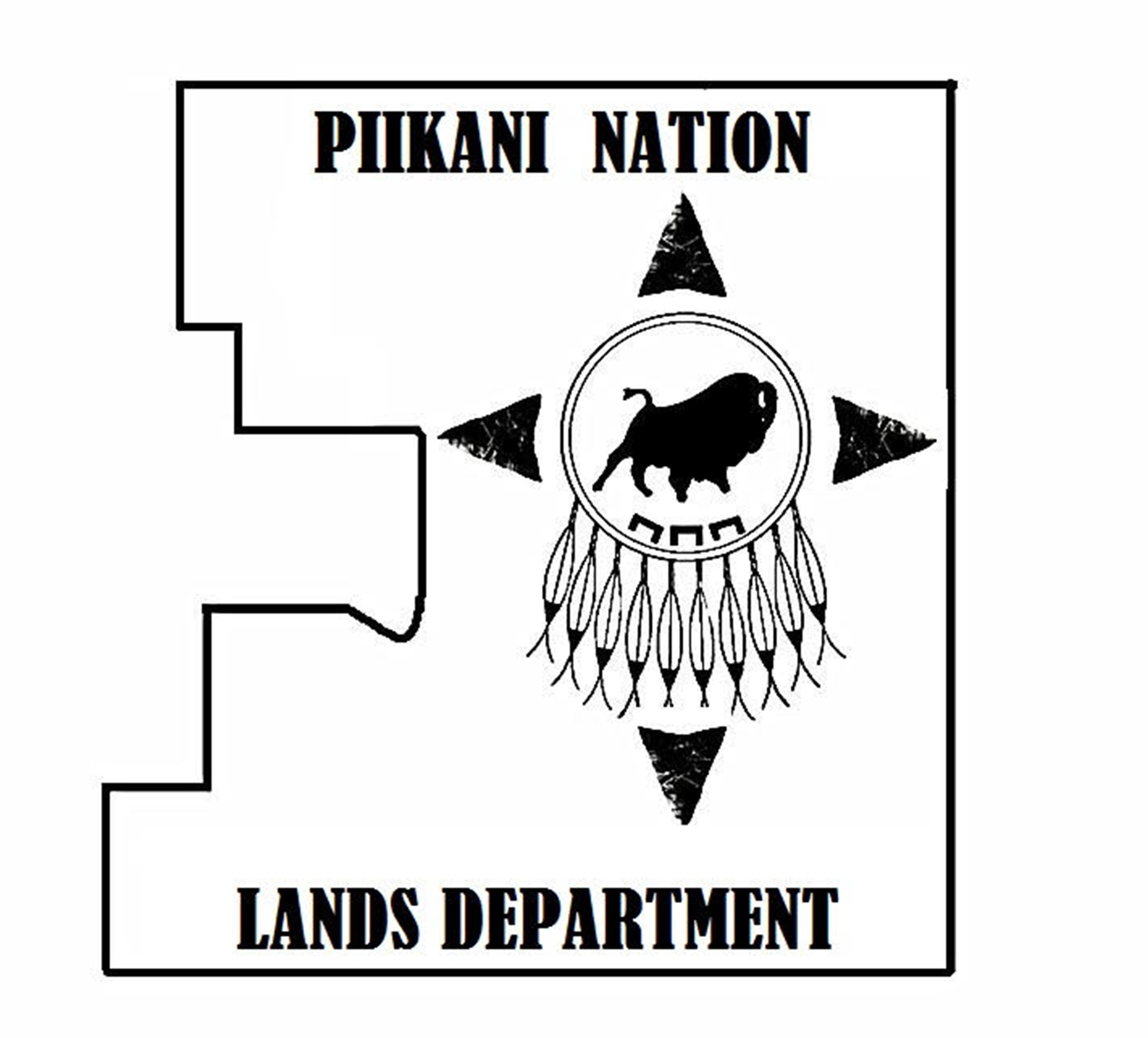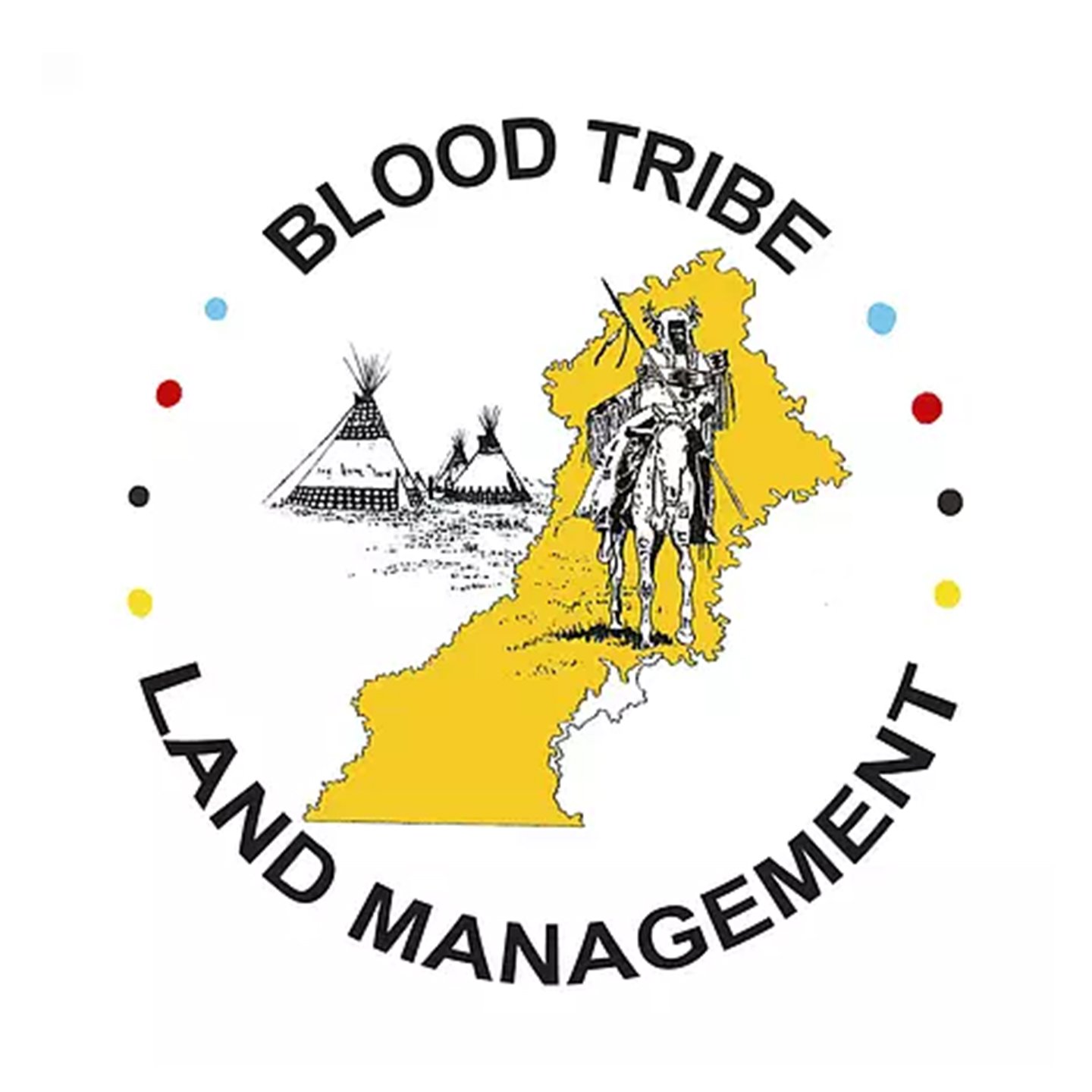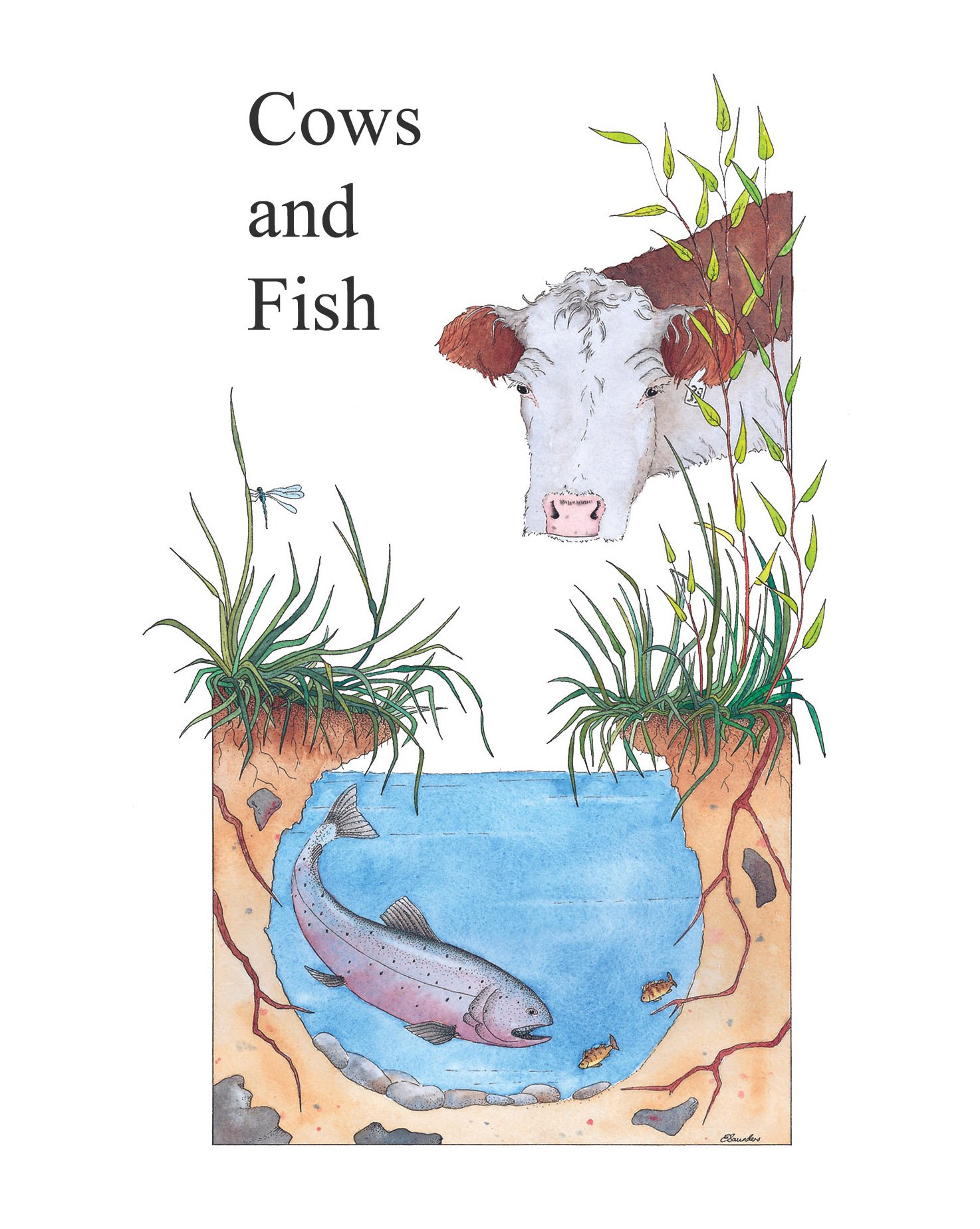OVERVIEW
The community-led Building Resilience and Knowledge Sharing Project builds on the successful Headwaters Restoration Project by shifting the audience and geography to Kainai Nation and Piikani Nation. By partnering with other land organizations, including Blood Tribe Land Management, Piikani Nation Land Management, and Cows and Fish, the focus is on restorative action to support Indigenous cultural revival, boost resilience to climate change, improve access to quality water, and enhance biodiversity. The project restores key grassland and riparian ecosystems and builds the capacity of partners to bring Niitsitapi (Blackfoot) knowledge and western science together.
WHAT’S BEING DONE
This project is an opportunity to support both cultural and ecological revival, by improving the resiliency of the people and the land of Kainai Nation and Piikani Nation. The Niitsitapi way of life relies on healthy ecosystems and their resilience is directly tied to the proper functioning of the land. Willows are used for teepees and sweat lodges, and grassland plants are used for food, medicine, and ceremony, but critical species are becoming harder to find. Elders are unable to find ceremonial plants and their traditional foods are disappearing. This project selects plant species for revegetation based on Indigenous knowledge and they are prioritized to increase their populations and preserve them for future use.
There is huge potential for nature-based solutions in partnership with Piikani and Kainai Nations. The Niitsitapi operate holistically and take a multi-solving approach that demonstrates clear environmental, social and economic value to the community. Indigenous youth are able to participate in willow staking events, to reconnect the next generation with the land. By planting seeds, willows, and trees, installing beaver dam analogues, and implementing other nature-based solutions, we can help speed up the recovery process and share in the knowledge of this important restoration work.
Healthy grasslands and riparian areas are able to better withstand floods and droughts and recover quicker than unhealthy ones. Overgrazing and seasonal droughts have left grasslands and riparian areas in poor condition, but thanks to the hard work of land managers, they are being given a chance to recover. This project restores eroding stream banks at high risk of severe damage in the next flood event, and parched grasslands at high risk of damage from drought. Some areas also require the installation of temporary fencing to properly recover.
Iinnii (buffalo) were recently brought back to Kainai Nation, but their range cannot be expanded until the grassland is healthy enough to support them, and clean, reliable water is available. One of the key goals of this project is to rehabilitate natural ecosystems and enhance access to water to support iinnii in the future. Iinnii are critical to the foundation of the Niitsitapi culture and restoring them to the grasslands is a critical piece toward reconciliation and justice.
There are many grants available to agricultural producers with private land, but all too often there are reasons Indigenous producers are ineligible—for example, they face inequities because they do not own the land, the programs may not allow for an Indigenous approach, or the programs have biases and restrictions. This project hopes to address that inequity by supporting those who are denied access to funds through other programs.
Crucially, the land management staff from both Kainai Nation and Piikani Nation lead these activities on their respective Nations, and the lands departments are the final decision-makers. The OWC is following their lead, to support and facilitate cultural and watershed revival through land restoration activities.
By improving the health of these ecosystems and restoring ones that have been damaged, we help ensure these precious resources are available now and for future generations of Indigenous people. In order to support Indigenous-led climate and ecological resilience, we need to focus on both the ecological and cultural value of land, plant species, and animals.



